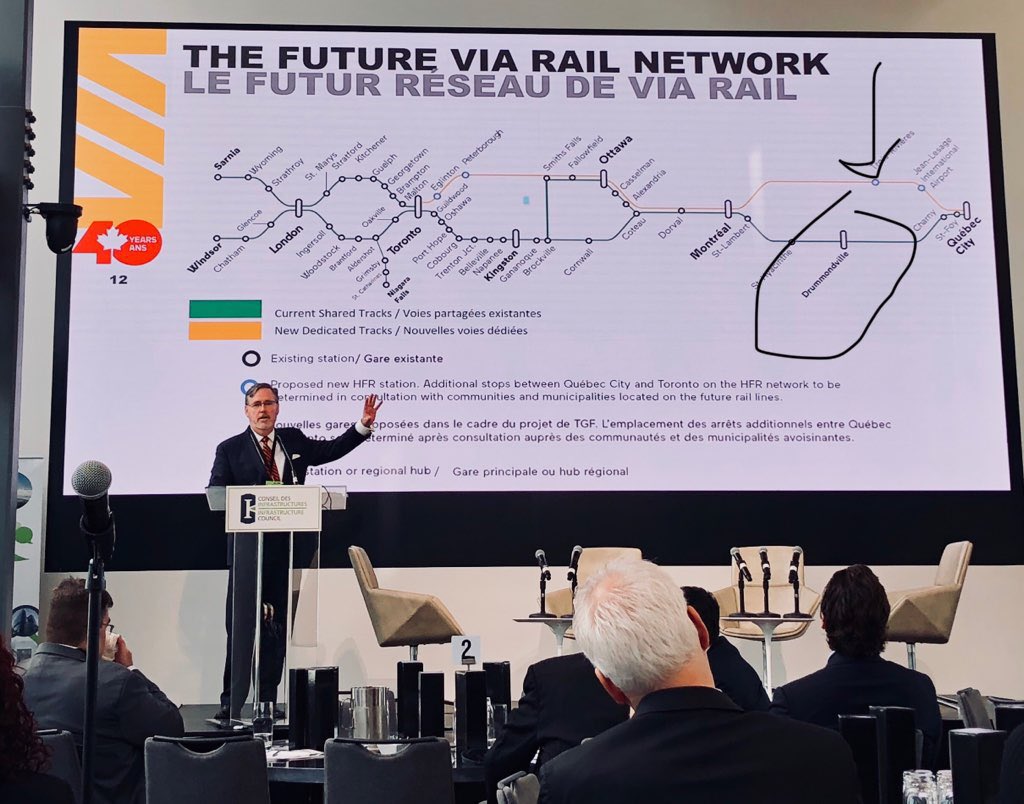innsertnamehere
Superstar
Waterloo is a lot more white-collar employment based and has a larger student population - key transit users.
Hamilton is mostly blue collar employment with little in the way of high density jobs and business travel. Their downtown office buildings sit mostly half empty.
I imagine that Hamilton would see less trip generators than KWC, at the same population.. Which by the time this thing is built, it won't be. It'll be smaller.
Hamilton is mostly blue collar employment with little in the way of high density jobs and business travel. Their downtown office buildings sit mostly half empty.
I imagine that Hamilton would see less trip generators than KWC, at the same population.. Which by the time this thing is built, it won't be. It'll be smaller.






